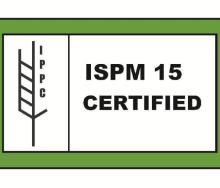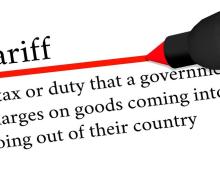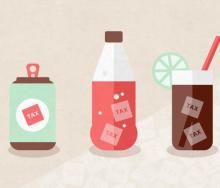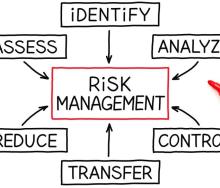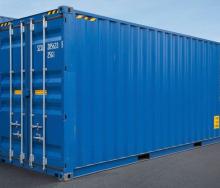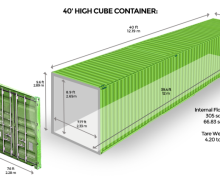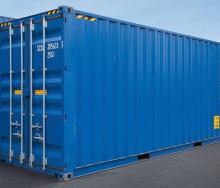South Africa’s only zinc refinery closed down in 2011, while Africa’s only other zinc refinery stopped operating in early 2020. In recent years, South Africa has imported up to 86 000 tons of refined zinc per annum at a current cost of R3.99 billion. Thus, South Africa has to depend on costly dollar-denominated refined zinc imports from countries as distant as South Korea and Kazakhstan, and with extra tariff for shipping and transport. Of course, if South Africa had its own local source of refined zinc, this would significantly reduce the input cost of hot dip galvanised steel for construction and mining.
Prior to its use as refined zinc in the galvanising bath, the zinc sulphide or oxide ore has to be processed at the mine site into zinc ore concentrate and then either refined or moved to a coastal port for refining or export to overseas refineries. However, a key input to competitive zinc ore concentrate supply is determined by the cost of transporting the ore to the nearest refinery or port. At present, there is a state-owned railway line running from Sishen in the Northern Cape to Saldanha in the Western Cape.
“Why should this line be used exclusively by one company? Privatising the Sishen-Saldanha line is a very hot topic. The line, opened in 1976 for use by the former state-owned Iscor, has since become used by a single JSE-listed company that is the sole beneficiary of a rail link paid for by South African taxpayers,” argues Simon Norton from the Africa Desk of the International Zinc Association (IZA).
Another urgent issue is the need to construct new rail links from Gamsberg and Prieska in the Northern Cape to the Sishen-Saldanha line to allow zinc miners to export zinc ore concentrate by rail to Saldanha Bay. Currently, Northern Cape zinc miners must transport ore by road, which is costly, time-consuming and damaging to the national road network.
Norton also stresses the urgency of rebuilding the national goods and passenger rail network, perhaps even with a wider rail gauge that can run faster, heavier trains over long distances. A high-speed, wide-gauge rail from Cape Town to Johannesburg, for example, would be a major fillip to the economy and boost civil engineering.
Investing in such critical rail infrastructure will result in an increase in both refined zinc and galvanised steel demand in South Africa. “If the government focuses solely on growth in the railway industry, it will be a major stimulus for engineering, employment and socioeconomic development. It is a tremendous win-win situation,” comments Norton.
Using galvanised steel would guarantee a long life for rail infrastructure and boost local industries such as galvanisers, steel fabricators and industrial painters. South Africa’s galvanising sector itself has shrunk from 38 companies to 24, with some of the biggest pipe and tube galvanisers having shut down as a result of economic decline.
The “dramatic decline” in the use of refined zinc over the past decade in South Africa is directly proportional to the dearth of major civil engineering projects, combined with a decline in mining infrastructure growth and expansion. This is particularly significant because more than 60% of refined zinc is used globally to produce galvanised steel for construction and civil engineering. It includes structural steel, railway lines, powerline masts and steel in underground mining.
“Zinc might be a little-known material outside of engineering circles, but it is critical for the corrosion protection of structural steel and is a key barometer of the state of the civil engineering industry. If the zinc decline continues unabated, then the South African government will wake up to a non-existent construction and infrastructure industry within a matter of years,” warns Norton.

